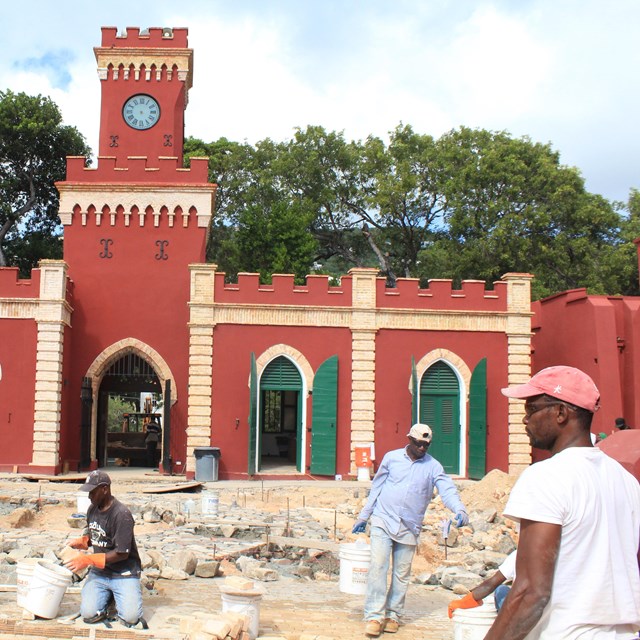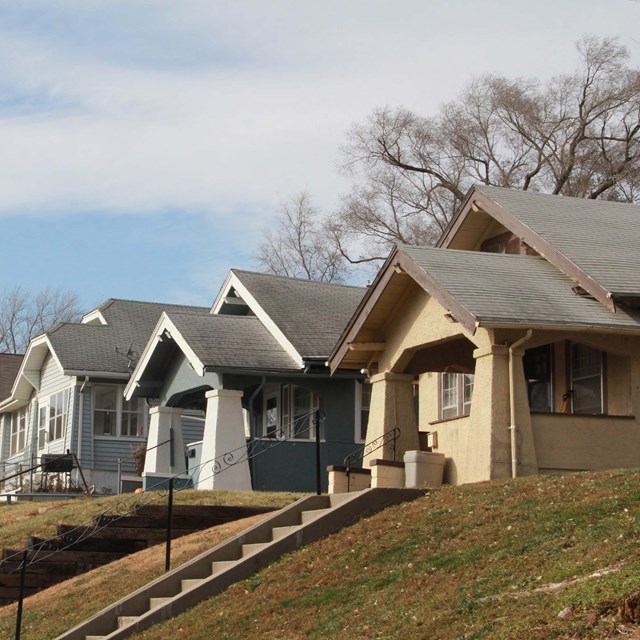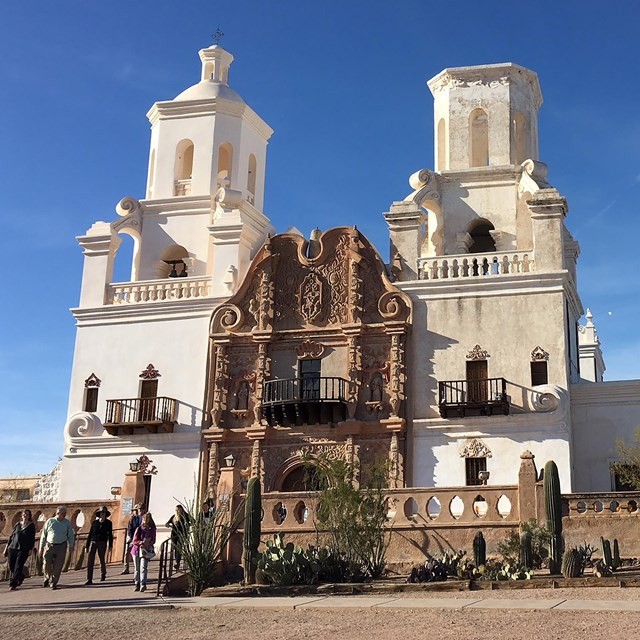This grant program was established to identify and restore historic structures on Historically Black Colleges & Universities (HBCUs) campuses considered to be the most historically significant and physically threatened.
Since 1837, Historically Black Colleges and Universities (HBCUs) have served the needs of higher education for the African American community. The first HBCUs were established in Pennsylvania, Ohio, Missouri, and Tennessee. After the Civil War there was an influx of HBCU establishment throughout the Southeast, Midwest, and Southwest. Since the 1990s, the National Park Service has awarded over $60 million in grants to over 80 of the remaining active HBCUs. These grants work to preserve the historic structures on HBCU campuses, many of which are listed in the National Register of Historic Places.
When Congress makes appropriations from the Historic Preservation Fund to rehabilitate historic structures on campuses of HBCUs, projects for properties that are listed in or eligible for the National Register of Historic Places either individually or as contributing to a National Register historic district are eligible to apply for grants. Projects must meet major program selection criteria and all work must meet the Secretary of the Interior’s Standards and Guidelines for Archeology and Historic Preservation.
Application packages must be submitted using grants.gov in response to a notice of funding opportunity number under Assistance Listing (formerly CFDA) 15.932.

Program Fact Sheet
A short summary of the Historically Black Colleges & Universities grant program that has general information on funding priorities, project and applicant eligibility, and upcoming important due dates and deadlines.Fact sheets are intended to provide an overview of the grant program. Full application details and requirements will always be outlined in the Notice of Funding Opportunity posted to grants.gov.
Helpful Links for Grantees and Applicants
To learn more about the ways that the National Park Service is connected to the preservation of historic sites nationwide, check out the links below. Feel free to look up specific properties listed as National Historic Landmarks or properties listed in the National Register of Historic Places using these sites.
Last updated: August 29, 2024



